Intro
Which the Design Styles? I believe this is a quiz for every friend who has bought a new house. As a manufacturer of interior furniture, this seems to be one of the first points we discuss with designers at every product development meeting. I guess you’ve heard various designers tell you about interior design styles, there is no shortage of this type of content on social media either. But I want to discuss this topic with you from the perspective of a furniture supplier, trust me, you will not regret these 3 minutes.
1. Traditional
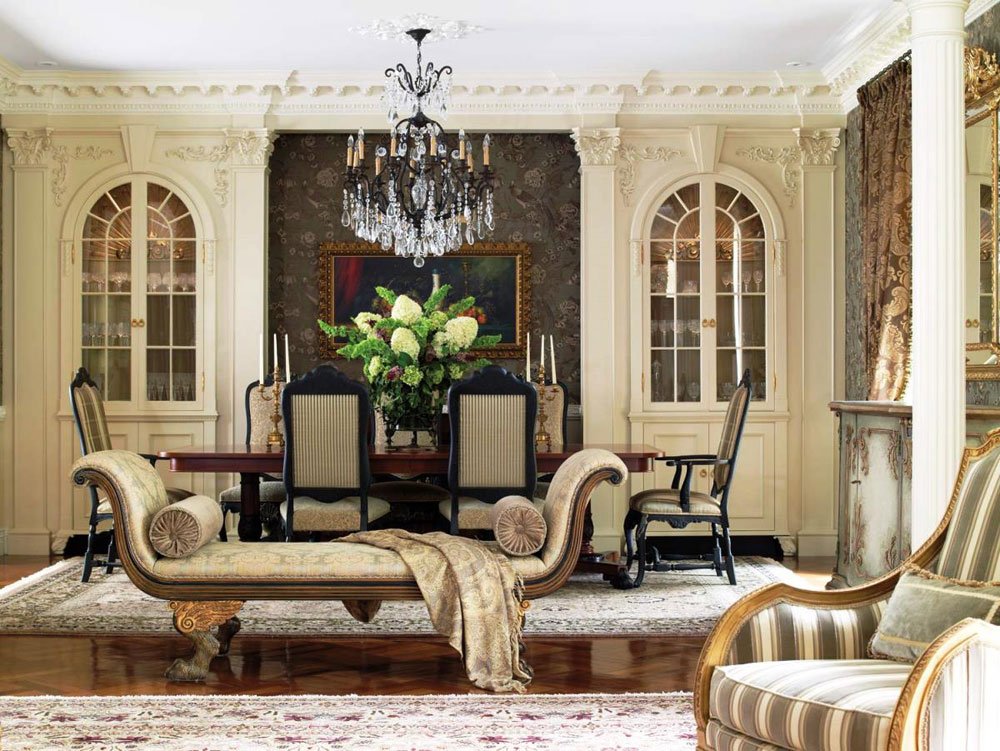
This is an interior design style that everyone knows and I don’t want to discuss it too much, I just want to tell you how you should identify it. That must be without a few elements:
- Dark Wood
- Expensive textiles like silk, velvet, and linen are used everywhere
- Damask, florals, stripes, and plaids patterns
- Crystal chandeliers
2. Contemporary

The most common question about Contemporary Design is how it differs from Modern Design?
Many of us use the phrases “modern design” and “contemporary design” interchangeably—but they don’t actually mean the same thing. Modern design refers to a specific design movement, the Modernist movement, which dates back to the late 1800s and early 1900s. Contemporary design is a more general term, referring to styles of the present and future.
“Modern design refers to a movement that began in the early-20th century and lasted through the post-war era,” Alessandra Wood, design historian and Vice President of Style at Modsy, says. “Contemporary design, on the other hand, is a term used to describe a new interpretation of the modern movement. This style first blossomed in the 1980s and 1990s.”
LINDSEY LANQUIST is written very clearly in this article, if you are interested in this topic, you can click here
Likewise, I’ll tell you how to distinguish this style:
- Clean lines
- Chunky or quirky shapes
- Sleek, industrial materials (like steel and glass)
- Stark colors
- Low-slung furniture
3. Scandinavian / Nordic

The popularity of this style is inseparable from the development of IKEA. On the one hand, this design style makes people feel very relaxed, a lot of bright colors make you feel energetic, not dull. On the other hand, Nordic design style furniture is very light, very suitable for today’s young people frequently moving needs. Of course, you can’t ignore the fact that IKEA makes this furniture so cheap that even if you buy new furniture every time you move, it’s still feasible.
- Light, Muted Colors
- Clean Lines
- Clutter-Free Spaces
- Simple Accents
- Natural Light
- Greenery (Liebm)
- Cozy Textiles
4. Naturalist / Biophilic
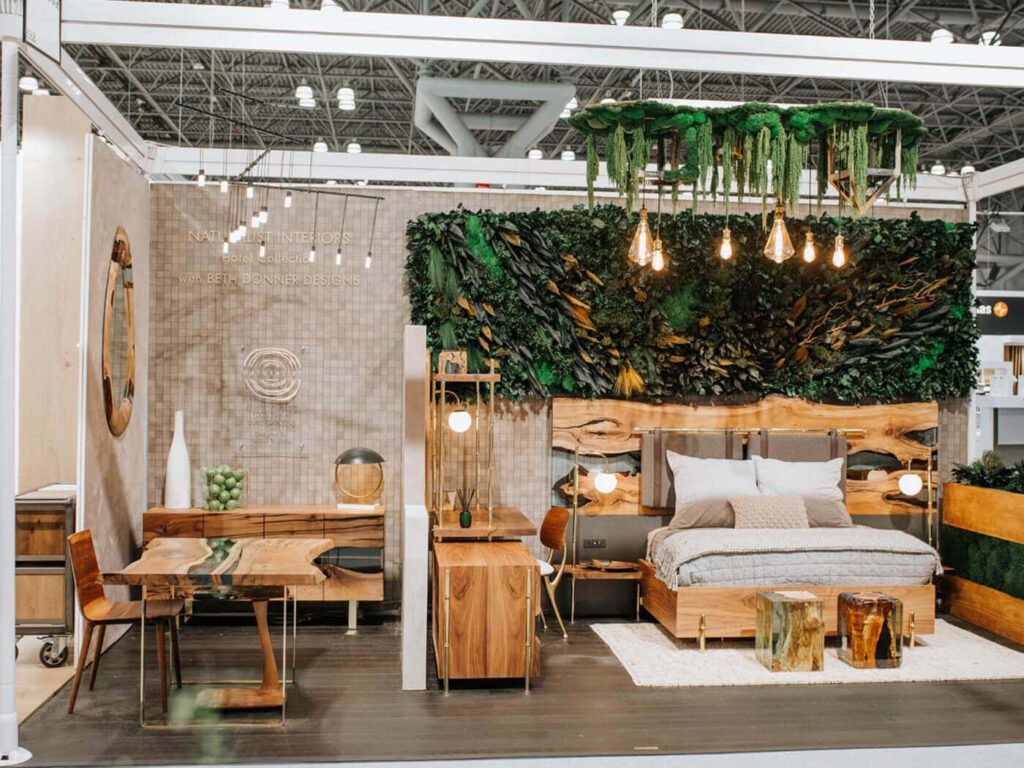
The popularity of naturalist / biophilic interior design shows that people are fed up with living in the city and they want to return to the original environment, which can bring them more peace.
Common Elements:
- Organic driftwood
- Walnut, bamboo, and cedar
- Organic fabrics like hand-woven cotton and hand-loomed wool
- Hand-touched textures
5. Bohemian / BOHO

What is bohemian style?
LAUREN FLANAGAN in “How to Nail the Bohemian Style in Your Home” goes into great detail, If you really like this style, I highly recommend you read this article.
Bohemian furniture usually is not found in a store. These rooms tend to be filled with furniture collected over time, so second-hand and vintage items are right at home here. Each piece of furniture should be special and tell a story. Have fun exploring your local vintage shops and choose each piece individually. If you love it, it will fit right
Both you and your guests will feel the Boho feel with plush chairs and couches in saturated colors. Throw rugs or overstuffed floor pillows will create a welcoming floor-seating atmosphere. And since a Boho room should have a “sit and stay awhile” feel, streamlined or straight-backed furniture will not fit in here. Choose comfortable, relaxed pieces like chaise longues, daybeds, or butterfly chairs.
To be honest, the Boho style is difficult to find out some common elements, sometimes is just a single piece of furniture, and sometimes it is a pattern, more like a feeling, a vibe.
6. Industrial
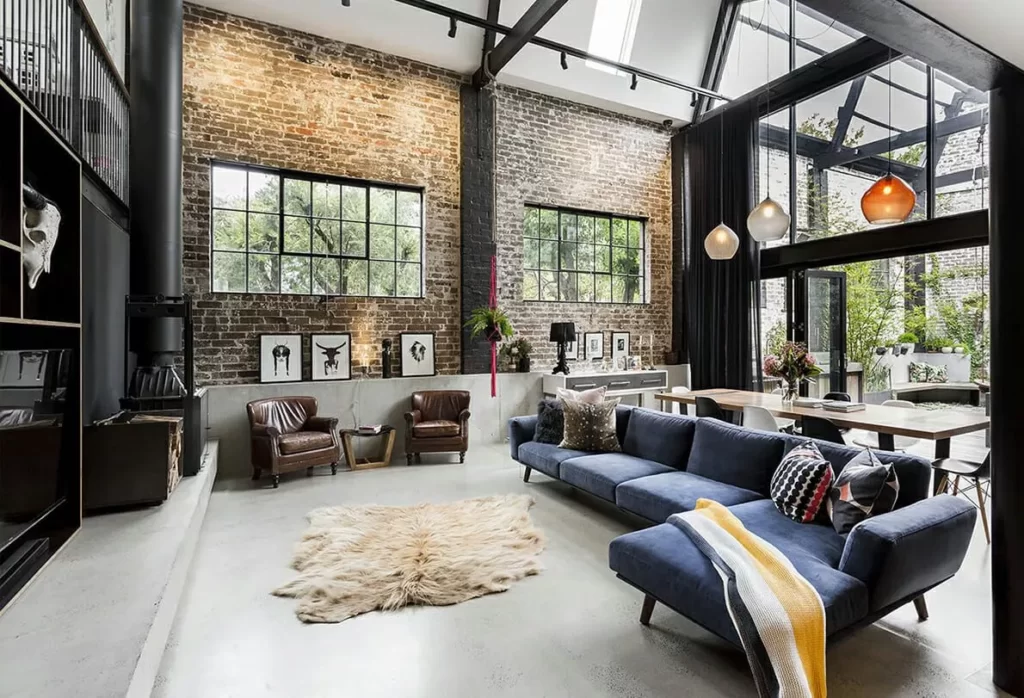
In the last two years, industrial design has also become quite popular. Initially, it may be in many commercial scenarios, but there are more and more people who have put these designs into their own houses. Microcement is a very premium and popular element that looks very textured instead of rough and cheap. I’m not going to lie, I’m using this design in my own new house.
Common Elements:
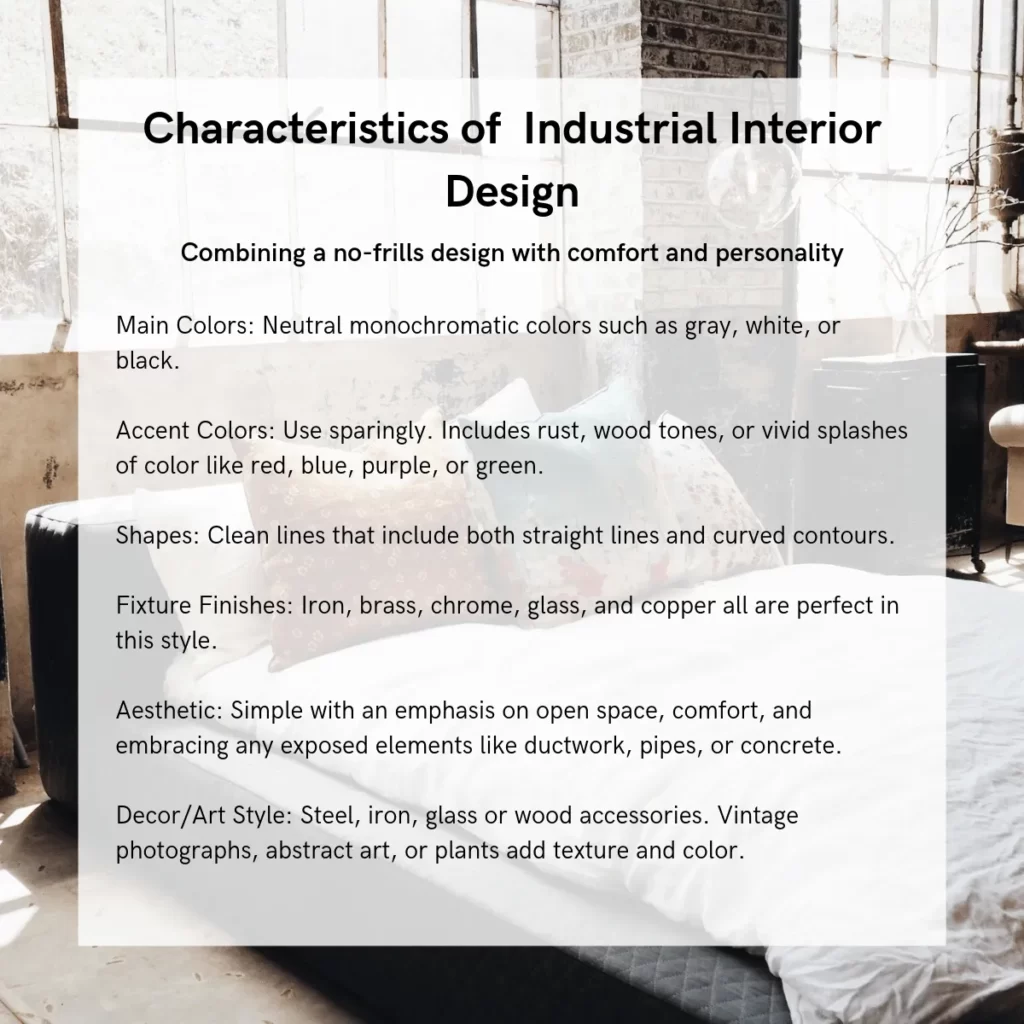
7. Coastal / Beach house
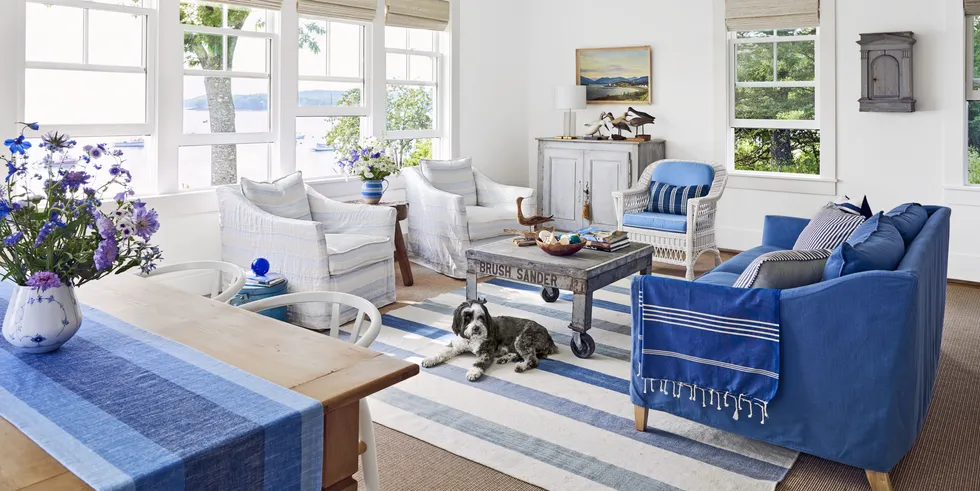
Coastal design is characterized by the reflection of natural seaside elements—surf, sand, and sky—in the home through color and texture.
Common Elements:
- Bright, sunny shades, sky blue, beige and crisp white
- Natural materials such as weathered wood and sea glass
- Chairs and sofas are upholstered with lightweight materials such as cotton or linen
7.1 Mediterranean

Similar to Coastal design, Mediterranean is also one of these styles, but it has more distinctive features.
Mediterranean style refers, roughly, to the design style of the south of Greece, Italy, and Spain. This region is known for its turquoise waters (hence, the cote d’azur), sparkling sunlit days and vibrant produce and flowers, which are mirrored in Mediterranean design. Each country uses specific colors, fabrics, textures and materials influenced by their culture but all typically stay true to incorporating the outdoors, rustic furniture, hardwood or stone tile floors, and wall textures.
If you want more details, this article is very professionally written and distinguishes between the Mediterranean.
8. Asian Zen / Wabi-sabi

The Asian design style is very representative, here refers to East Asia, including the Chinese design style and Japanese, and Korean design styles. Among them, the Korean design style received very serious European and American influence, Chinese style is not very popular in places other than China, it uses a lot of mahogany furniture.

However, the Japanese design still has a lot of fans around the world, especially the Wabi-sabi design, with Kanye West these Hollywood stars mentioned, now also become more and more sought after.
9. Country / Rustic / Farmhouse
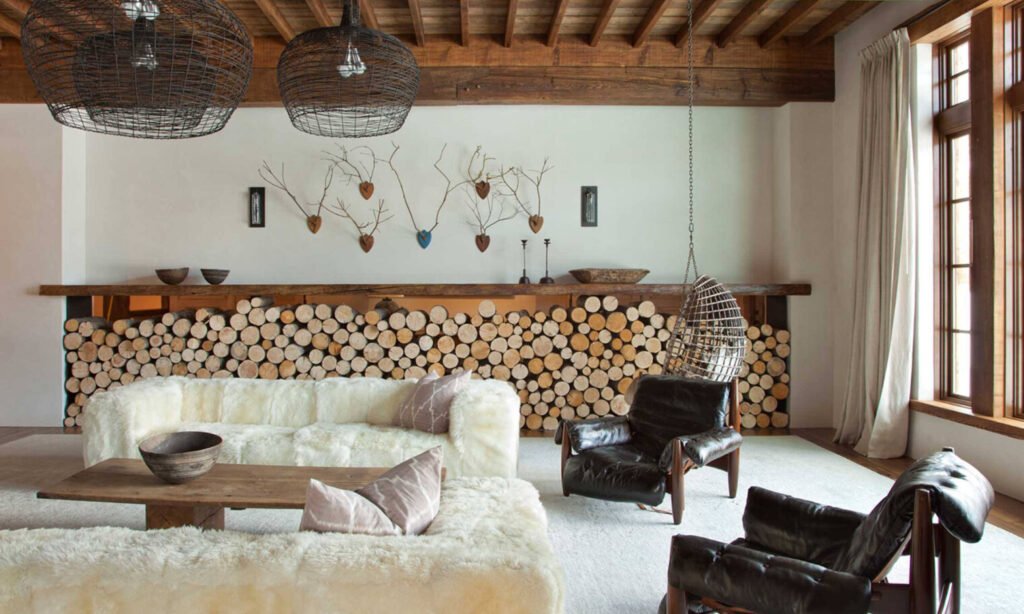
Rustic Design is a very classic design style, If you have exposed beams, keep them that way. Whether it’s a rustic farmhouse in the country or coastal Tuscan home, exposed beams scream rustic design. and some of the generic elements it contains are:
- Wide-planked wood floors to reclaimed wood farmhouse tables
- Rugs made of jute or animal hide
- Handmade
- Think wooden kitchen tables with large square legs
- Couches with deep, dark leather
9.1 French Country

- Softly patterned fabrics in muted colors
- Distressed, painted, and vintage furnishings and accessories
- Lots of wood and other natural materials
9.2 English Countryside Chic
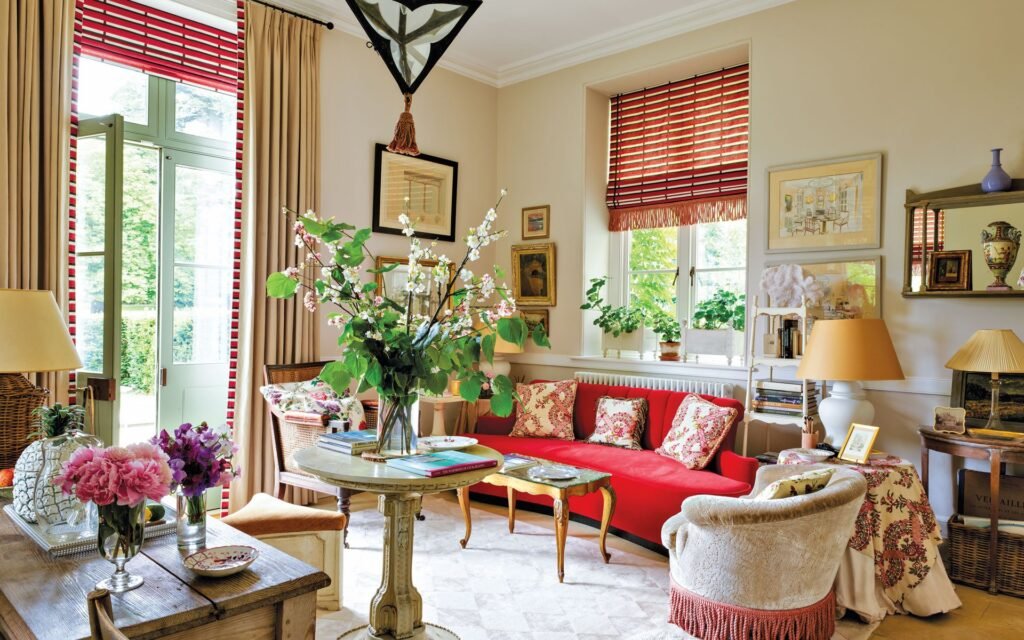
- shelves of books and cozy reading nooks
- Potted plants & Florals everywhere
- A mudroom Especially one filled with riding boots
9.3 Shabby Chic
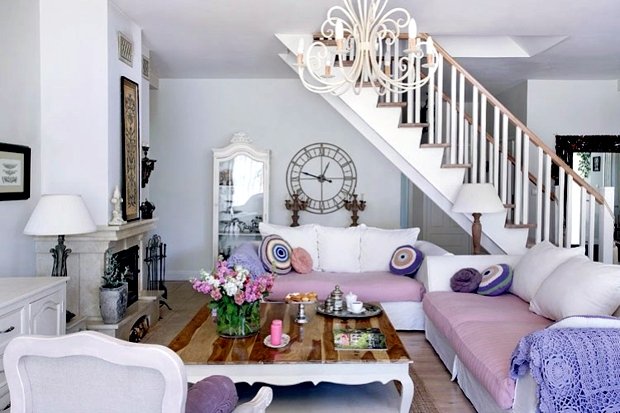
- Delicate colors
- Rustic furniture
- Burlap and farmhouse style
11. Modern
Modern is a very broad concept, here I understand modern design more as a kind of fusion, whether from traditional to contemporary fusion, or the fusion of different elements, all belong to this category.
11.1 Transitional
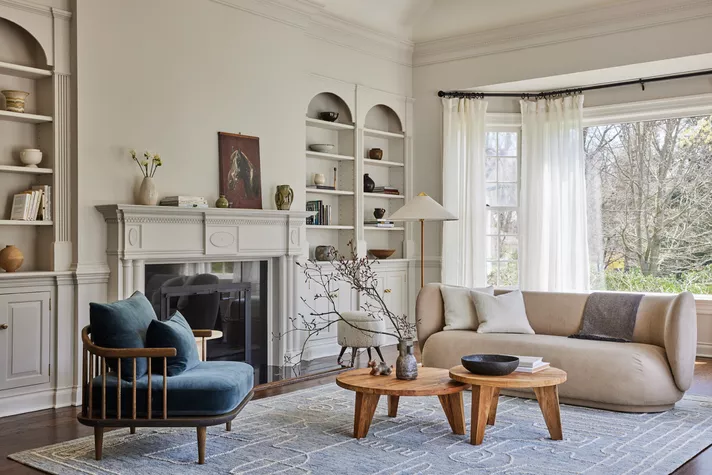
- Stay neutral with your color choice, allowing the lines of the furniture to take center stage.
- Incorporate textural elements such as wood, glass, lacquer, rattan, fabric, steel and metal.
- Limit the use of accessories; you are adding artful details through your mix of furnishings and fabrics, and you don’t want to confuse the eye.
- Choose impactful art, but use it sparingly. In most cases, one large piece on the wall is better than an arrangement of small pieces.
11.2 Mid-Century Modern
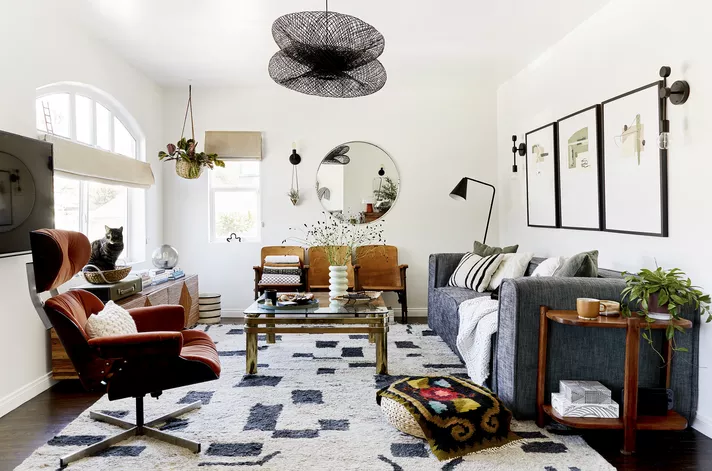
Without a doubt, this is probably one of the most popular interior furniture design styles nowadays. You can even notice antique furniture stores in all medium and large cities around the world. People increasingly like to have a few pieces of antique furniture or Vintage furniture in their homes. That seems to be a great way to show their taste.
Therefore, in my opinion, the most important elements in Mid-Century Modern are:
- Antique furniture or Vintage furniture
- Minimalist
11.3 Urban Modern

- Clear open space
- Light colours
- Clean finishes
11.4 Desert Modernism
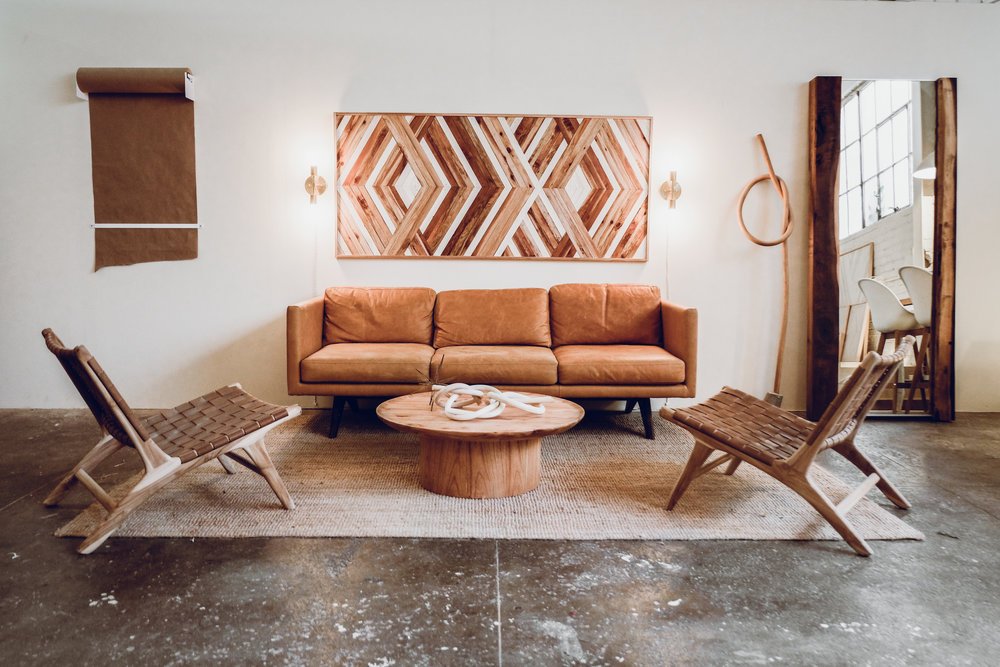
- White Walls
- Wood Furniture
- Botanicals
- World Textiles
- Colorful Rug
- Creative Deco
11.5 Scandifornian
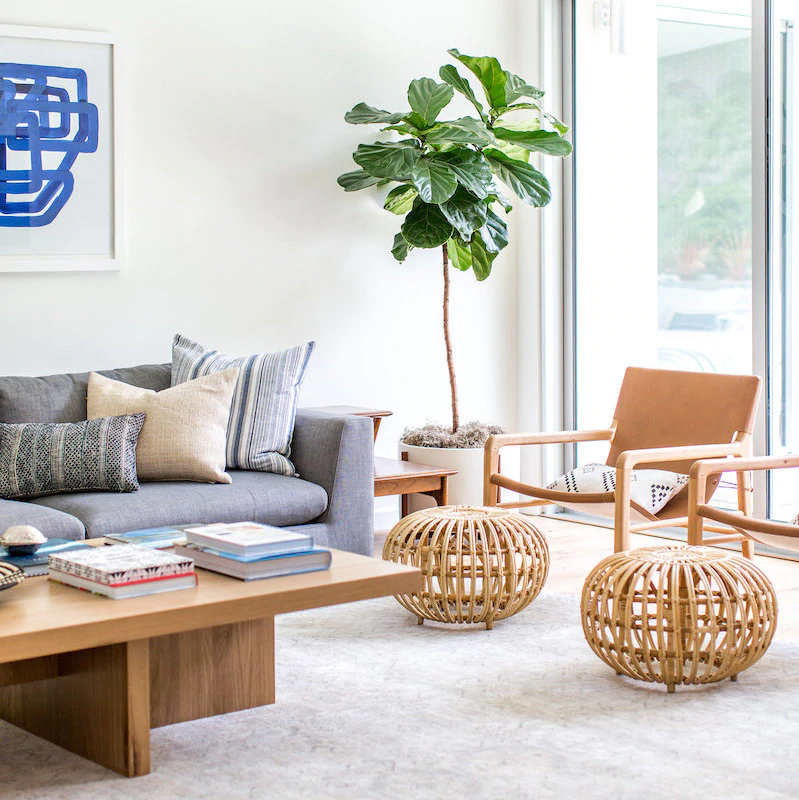
Yes, you read that right, it’s not a misspelling, it’s a fusion of words, just like “Chinglish”. It refers to the result of the fusion of Nordic design and California style, and you can get an idea of what it looks like in the picture above.
- Light-colored wood is essential
- Simple and minimalist lines
- Mid-century inspiration
- Natural textures
11.6 Hollywood Regency / Glam

As its name implies, this is another design style that originated in California. This style represents comfort and, again, it has very modern elements:
- Glittering and shiny surfaces, gold
- Lacquered furniture
- Chrome and large mirrors
11.7 Art Deco
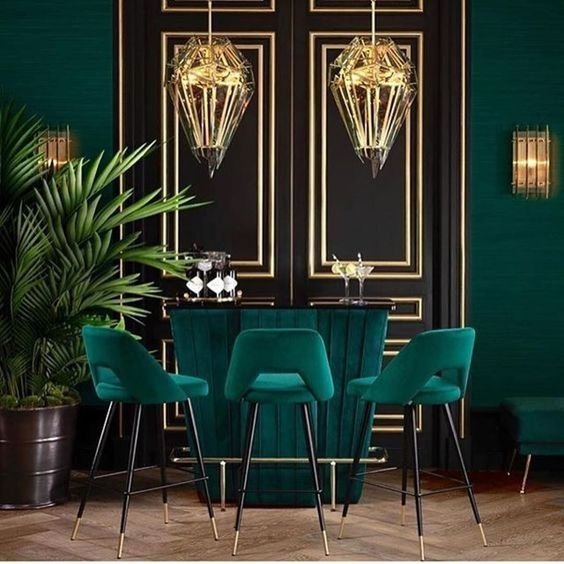
I have always thought that this is not a very strict classification of design styles, because it represents more of a philosophy. But there are still many people who insist that this is a particular style, and what I can barely accept is that they do have some common elements:
- Trapezoidal shapes
- Zigzag patterns
- Chevron patterns
- Stepped forms
- Sweeping curves
- Sunburst shapes
- Triangular shapes
- Stylized wildlife
- Sensuous, sometimes abstract, nude females
- Jagged, pointed edges inspired by skyscrapers (such as the Chrysler building)
11.9 Bauhaus

Yes, the famous Bauhaus Architecture also has its own special influence on the interior design space:
- Functional Shapes
- Simple Color Schemes
- Industrial Materials
- Balanced Asymmetry
12. Other
Frankly speaking, the next few points mentioned, I think, do not become a separate classification, more, they represent a design concept or thinking, they may not have fixed universal elements, but they can be integrated with any kind of design style.
12.1 Minimalist
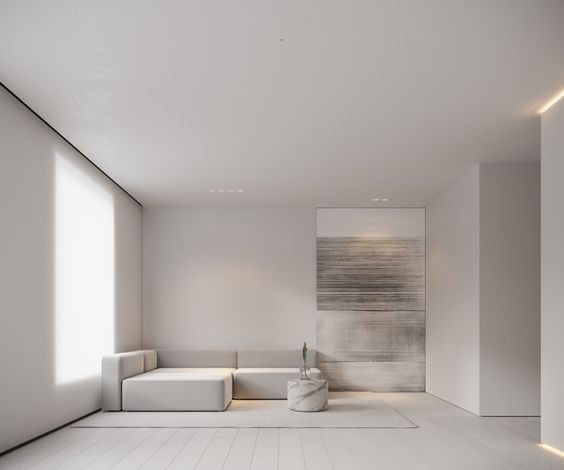
“Less is more”, you must have heard this phrase. In fact, many of the aforementioned design styles are emblematic of this idea, and so far, Wabi-sabi is a typical example, isn’t it?
12.2 Maximalism
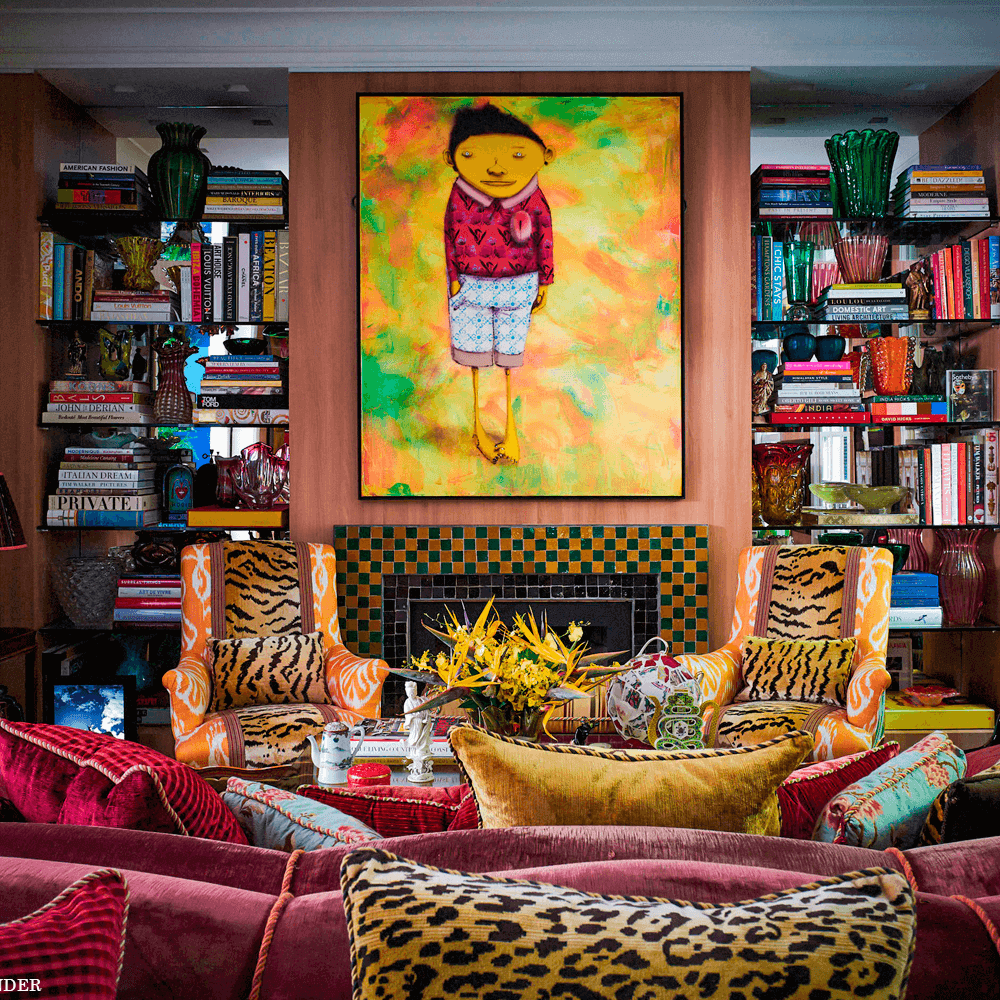
Corresponding to “less”, some people want to add more elements to their homes, they like the feeling of being “crowded”, the seeming “chaos” to bring them a sense of security and comfort.
Conclusion
In general, more and more people actually don’t like to be bound by a certain fixed interior design style, they start to not want their home to be defined, they want their home to be more of a reflection of their personal will, which all requires the emergence of more fusion elements. Therefore, no matter what kind of design style, it does not matter, what you like, that’s important!
13. FAQ
13.1 How To Find Your Interior Design Style?
My answer is, don’t be limited by these design styles. You can just go to Pinterest and browse through your favorite interiors and find those elements you like. Next, all you need to do is customize your own needs and blend them together harmoniously into your own design style.
Of course, if you really want to find a definitive answer, it’s easy, pick up your iPhone 13 pro, take a photo, put it into Google Image and search for it, you’re sure to find your answer.

